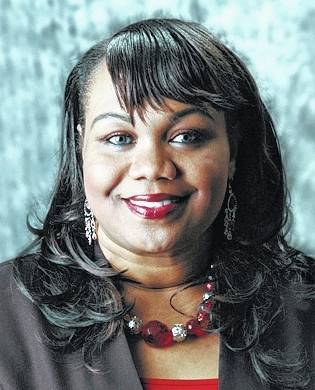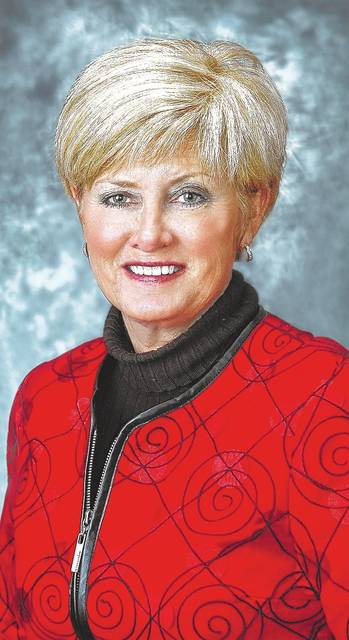LUMBERTON — Robeson County is an unhealthy place to live.
That was the finding of the Robert Wood Johnson Foundation’s recently released 2017 County Health Rankings & Roadmaps report for all 100 North Carolina counties. The New Jersey-based Foundation, a philanthropy dedicated solely to health, scored Robeson County’s overall health last out of all of North Carolina’s 100 counties for the second straight year.
Bill Smith, the director of the county Health Department, said this bad news is on the county’s residents.
“The residents must take some responsibility in changing what should be changed,” Smith said. “They have been educated as to the benefits, but far too many times they choose to ignore it. If each person undertook to improve their health status, the county as a whole will improve.”
The report was the foundation’s seventh annual study. Robeson County has never scored better than 95th, in 2015. In 2016 the health outcome score was 100th. It was 97th in 2014, 97th in 2013, 99th in 2012, and 98th in 2011.
Compiled by the University of Wisconsin and the foundation, the County Health Rankings measure the health of county populations in all 50 states based on more than 30 factors, including obesity, tobacco use, premature death, physical inactivity and access to clinical care. Robeson was dead last in quality of life, health factors, health behaviours, and clinical care; 99th in length of life; 97th in social and economic factors; and 95th in physical environment.
The study’s results should be viewed with one key fact in mind, according to Smith. The bottom 10 are among the state’s most economically distressed counties and suffer with higher unemployment rates, higher tax rates, and struggling school systems. One fact underscoring Robeson County’s relative health is 30 percent of its residents think their health is poor or fair — twice the state rate and triple the national.
Factors used in the report include infant mortality rates, smoking rates, obesity, physical inactivity, percentage of children in poverty, number of health providers, access to exercise opportunities, and violent crime.
Many of the areas in which Robeson County ranks poorly are a result of personal choices, according to Smith. He cited that harmful effects of smoking have been known for almost a half-century and yet 27 percent of Robeson County’s residents continue to smoke, compared with 19 percent across the state.
Robeson County residents do drink alcohol to excess and drive while drunk at slight lower rates than the state.
Another example is prenatal care, which Snith said many pregnant women don’t seek care until past optimal time and then don’t follow their health-care provider’s instructions.
Robeson County residents tend to ignore programs that offer help with nutrition and advice urging exercise and proper diet. The study found 40 percent of Robeson County residents are obese, compared with a state rate of 30 percent and 26 percent nationally.
Lekisha Hammonds, director of Southeastern Health’s Community Health Services, looks at the study as a way to compare populations — and target problem areas.
“The purpose is to understand current community strengths, resources, needs, and provide assistance in the decision-making process of where and how to focus efforts towards improvement,” Hammonds said. “The county health rankings provide an opportunity to open the door and initiate a conversation about what can be done to improve health at the local level.”
Steps that can be taken to improve health status include engaging in healthy lifestyle choices, such as participating in health screenings, maintaining healthy blood pressure and weight, and blood sugar control, Hammonds said. Southeastern Health has initiated programs to help residents improve their health. Among them are Healthy Robeson A-Z awareness and education in local churches, Project HEALTH, Wellness on Wheels, and the Community Health Education Center in Biggs Park Mall, which provides presentations from health professionals.
“Southeastern Health eagerly awaits the release of the health status report from the Robert Wood Johnson Foundation each year,” said Joann Anderson, president and CEO of Southeastern Health. “We use that information to help us to make decisions on steps to take to improve the health of our community. We collaborate with partners throughout our service area to address areas of improvement identified in the study.”
One recent action was to upgrade Southeastern Regional Medical Center’s neonatal intensive care unit, Anderson said. The hospital already is seeing a reduction in infant mortality.
The hospital’s emergency department nursing staff has taught proper seat belt usage, she said. The Compassion for U Congregational Wellness Network has provided a foundation for education and partnerships to increase awareness of preventative measures.
“Just like many of the environmental concerns identified in the study, it takes time to see significant improvement. It also takes a commitment from the community, as a whole, to address these issues,” Anderson said. “Southeastern Health is committed to working in collaboration with anyone who has a passion for improving the health of Robeson County.”
Rankings for adjacent counties were Hoke, 60th; Cumberland, 79th; Bladen, 91st; Columbus, 97th; and Scotland, 99th. Columbus ranked last in life expectancy.








